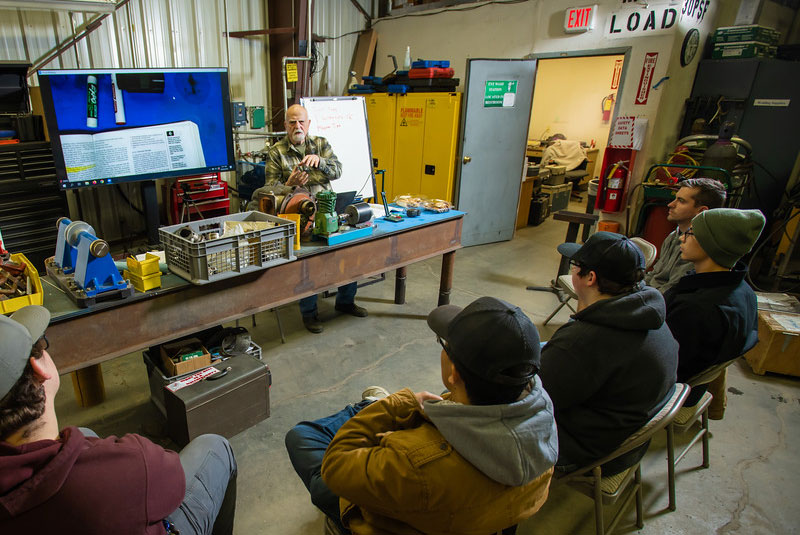Exploring Alaska’s Ecosystems: Field Notes from Cordova and Palmer, Alaska
by V Heisser and Brayden Stanger |
Our Natural Resources Technician students recently traveled to Cordova and Palmer,
Alaska, for several days of immersive field study—measuring forests, sampling streams,
and observing how Alaska’s ecosystems thrive in challenging conditions.
Student Brayden Stanger shared highlights from the trip:
“Using the clinometer and BAF prism for the first time made me appreciate how much
precision and teamwork go into forest measurement,” he said after practicing with
forestry tools like increment borers, prisms, and DBH tape along the Haystack Trail.
On Hawkins Island, the group examined northern yellow cedar stands—some centuries
old but barely five feet tall.
“Tree rings can reveal climate history,” Brayden noted, as students took core samples
to study growth patterns shaped by harsh weather and late frosts.
At Sheridan Glacier, they observed new forests emerging from glacial moraine and debris
from the 1964 earthquake.
“It made me think about the resilience of Alaska’s ecosystems—how life returns even
in the most unstable places,” he said.
Their work with the Copper River Watershed Project added an aquatic focus, including
setting minnow traps and identifying species such as sockeye fry, dolly varden, and
sculpin. That night, the northern lights made an unexpected appearance.
“It’s amazing how much biodiversity can exist in a single stream reach,” Brayden reflected.
The journey ended with a visit to the UAF Matanuska Experiment Farm in Palmer, Alaska,
where students learned about sustainable agriculture research using kelp fertilizer
and crab meal feed—real examples of Alaska-grown innovation.
“It’s one thing to read about it in class, but another to stand in a cold stream or
drill into a centuries-old tree and see that science in action,” Brayden said.
From forests to fisheries, this trip connected theory to practice and reminded students
why hands-on fieldwork is so vital for understanding and protecting Alaska’s ecosystems.









